Home>Garden Essentials>How Much To Build A Soft Play Area
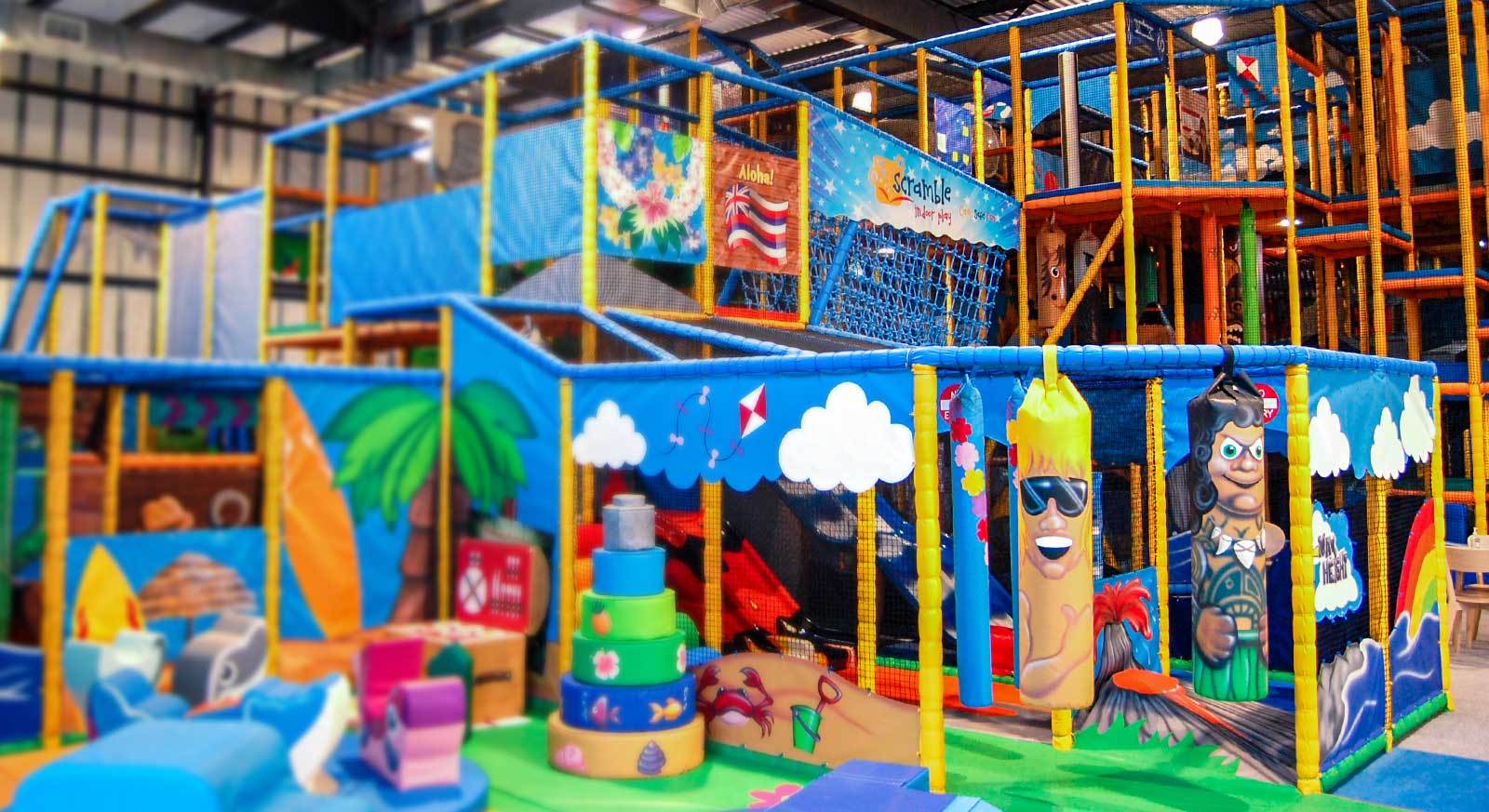

Garden Essentials
How Much To Build A Soft Play Area
Modified: March 7, 2024
Looking to build a soft play area in your garden? Find out how much it will cost and get started on creating a fun-filled space for everyone to enjoy!
(Many of the links in this article redirect to a specific reviewed product. Your purchase of these products through affiliate links helps to generate commission for Storables.com, at no extra cost. Learn more)
Introduction
Building a soft play area can be an exciting and rewarding project, whether you’re planning to open a commercial indoor playground or creating a safe and fun play space in your backyard. Soft play areas provide children with an opportunity to engage in active play, develop their physical and social skills, and have a great time in a safe environment.
However, before diving into the construction process, it’s crucial to consider the various factors that impact the cost of building a soft play area. Understanding these factors will help you plan and budget effectively, ensuring that you can create a space that meets your needs and financial capabilities.
Designing and constructing a soft play area involves several considerations, such as the layout, materials needed, labor costs, licensing and safety regulations, and additional expenses. Taking these into account will enable you to make informed decisions throughout the construction process and create a play area that is not only fun and engaging but also safe and durable.
In this article, we will explore the different factors that impact the cost of building a soft play area and provide insights on how to approach each aspect to achieve a successful construction project within your budget. Whether you’re a business owner, a parent, or a community organizer, this article will offer valuable guidance to help you create a fantastic soft play area that brings joy and laughter to children of all ages.
So, let’s dive into the details and discover the key elements that contribute to the cost of building a soft play area.
Key Takeaways:
- Building a soft play area involves considering factors like size, design, materials, safety, and location. Careful planning and budgeting are crucial to create a fun and safe space for children.
- Prioritize safety, quality, and budgeting when building a soft play area. Consider factors like labor costs, licensing, and additional expenses to create a fantastic play space within your financial means.
Read more: How To Build A Play Area For Ferret
Factors Impacting the Cost of Building a Soft Play Area
When it comes to estimating the cost of building a soft play area, there are several key factors that can significantly impact the overall expenses. Understanding these factors will help you make informed decisions and create a budget that aligns with your vision and financial capabilities. Let’s explore the main factors that you should consider:
- Size of the Play Area: One of the primary factors that affects the cost is the size of the play area. The larger the space, the more materials, equipment, and labor will be required to construct and set up the soft play area. Consider the available space you have and determine the optimal size that fits within your budget.
- Design and Complexity: The design and complexity of the soft play area will also affect the cost. Intricate designs with custom features, themed elements, and unique structures may require additional materials and skilled labor, raising the overall expenses. Keep in mind that while a more complex design might be visually appealing, it can also increase the construction and maintenance costs.
- Materials and Equipment: The quality of materials and equipment you choose will impact both the safety and cost of the soft play area. The cost of soft play equipment, foam padding, climbing structures, slides, and other features can vary depending on their quality and durability. It’s essential to strike a balance between cost-effectiveness and maintaining a high level of safety and durability.
- Safety Measures: Safety is paramount in a soft play area, and implementing proper safety measures is crucial to protect children while they play. This includes installing impact-absorbing surfacing, safety padding, safety netting, and appropriate signage. Incorporating these safety features will add to the overall cost but are essential for maintaining a secure play environment.
- Location and Accessibility: The location of the soft play area can also impact the cost. If you’re leasing or purchasing a commercial space, the price will depend on factors such as rent, property taxes, and proximity to other amenities. Accessibility considerations, such as parking availability and ease of access for parents and caregivers, should also be factored into the overall cost.
- Customization and Branding: If you’re creating a soft play area for a business, you might want to incorporate custom branding elements, such as logo signage, colors, and theming. Customization adds a unique touch to your play area, but it can increase the cost due to design work and custom fabrication.
By carefully considering and evaluating these factors, you’ll be able to create a soft play area that meets your requirements and fits within your budget. In the next sections, we will delve into more specific considerations, such as design and layout, materials and equipment, labor costs, licensing and safety regulations, as well as additional expenses to be aware of. This comprehensive understanding will help you make informed decisions at each stage of the construction process and ensure the successful completion of your soft play area project.
Design and Layout Considerations
The design and layout of a soft play area play a crucial role in creating an engaging and enjoyable space for children. A well-thought-out design can enhance the overall experience and make the play area visually appealing. Here are some key considerations when it comes to the design and layout of your soft play area:
- Age Range and Target Audience: Consider the age range of the children who will be using the soft play area. Different age groups have varying needs and abilities, so designing age-appropriate play zones is essential. For example, you may want to include separate areas for toddlers, preschoolers, and older children, each with appropriate activities and equipment.
- Flow and Circulation: Plan the layout of the play area to ensure smooth flow and circulation of children. Avoid cramped spaces or dead ends that can lead to congestion or accidents. Design clear paths and designated play zones to guide children through various activities and keep them engaged.
- Theming and Visual Appeal: Incorporating a theme or visual elements in the design can create an immersive and exciting experience for children. Whether it’s an underwater adventure, a jungle exploration, or a space-themed play area, a well-executed theme adds to the overall appeal of the space. However, keep in mind that themed elements may add to the cost, so consider your budget when deciding on the level of customization.
- Flexible and Modular Design: Consider a design that allows for flexibility and adaptability in the layout. A modular design enables you to reconfigure the play area’s components, such as climbing structures, slides, and interactive panels, based on changing needs or space constraints. This flexibility can save you money in the long run by avoiding the need for major renovations or costly equipment replacements.
- Aesthetics and Colors: Choose colors and aesthetics that are visually appealing and create a cheerful and inviting atmosphere. Bright and vibrant colors can stimulate children’s imagination and contribute to a joyful play experience. Consider using non-toxic paints and materials that are easy to clean and maintain.
- Inclusion and Accessibility: Ensure that your design takes into account the needs of children with disabilities or special requirements. Incorporate accessible features such as ramps, sensory play elements, and inclusive seating areas. Creating an inclusive play environment allows all children to participate and enjoy the experience.
When planning the design and layout of your soft play area, it’s important to strike a balance between functionality, safety, and visual appeal. Engage with professional designers who specialize in creating play spaces to help you bring your vision to life while considering the unique needs and interests of your target audience. By thoughtful design and layout considerations, you can create a soft play area that children will love and parents will appreciate.
Materials and Equipment Needed
Choosing the right materials and equipment for your soft play area is crucial for ensuring the safety, durability, and overall success of your project. Here are some key considerations when it comes to selecting materials and equipment:
- Soft Flooring: The flooring in a soft play area should provide a cushioned and safe surface for children to play on. Common options include foam matting, rubberized flooring, or interlocking tiles. Ensure that the flooring is impact-absorbing and meets safety standards to reduce the risk of injuries from falls.
- Soft Play Equipment: Soft play equipment is the heart of any play area. From climbing structures and slides to ball pits and tunnels, invest in high-quality and durable equipment that is designed for commercial use and meets safety regulations. Consider the age range and interests of your target audience when selecting the types and sizes of equipment.
- Padding and Safety Measures: Padding is an essential component of a soft play area to minimize the risk of injuries. Install padding on walls, posts, and other hard surfaces to create a safe environment. Safety measures like safety netting, railings, and gates should also be included to prevent accidents and maintain a secure play space.
- Furniture and Seating: Depending on the size and purpose of your soft play area, you may need furniture and seating options for parents and caregivers. Consider comfortable seating arrangements, such as benches or chairs, as well as tables for snacks and drinks.
- Artificial Turf: If you’re planning to create an outdoor soft play area, consider using artificial turf as a natural-looking and safe surface. Artificial turf provides a soft and clean playing surface, is low-maintenance, and can withstand heavy foot traffic.
- Play Accessories: Enhance the play experience by incorporating interactive and sensory play accessories. These can include interactive panels, musical elements, sensory walls, and themed decorations. Such accessories add variety and engagement to the play area, making it more enjoyable for children.
- Cleaning and Maintenance Supplies: To keep your soft play area clean and well-maintained, invest in appropriate cleaning supplies, such as non-toxic disinfectants, wipes, and brooms. Regular maintenance is essential to ensure the longevity and safety of the equipment and play surfaces.
- Storage Solutions: Consider storage solutions to keep the play area organized and clutter-free. Cabinets, bins, or shelves can be used to store toys, accessories, and cleaning supplies. Adequate storage helps maintain a clean and visually appealing space.
When choosing materials and equipment, prioritize safety, durability, and quality. Look for reputable suppliers and manufacturers who specialize in commercial play equipment and ensure that all materials and products meet safety standards and regulations. While investing in quality materials may incur higher upfront costs, it is essential for the longevity of your soft play area and the safety of the children who will be using it.
By carefully selecting the right materials and equipment, you can create a soft play area that provides a safe and engaging environment for children to explore, play, and have fun.
Labor Costs
The labor costs associated with building a soft play area can vary depending on the size and complexity of the project, as well as the region and experience of the laborers involved. Hiring skilled professionals is essential to ensure the proper installation and construction of the play area. Here are some factors to consider when estimating labor costs:
- Design and Consultation: If you plan to work with a professional designer or consultant, their services will come with a cost. Designers can help you create a customized and functional layout for your soft play area, taking into account safety regulations and age-appropriate design principles.
- Construction and Installation: The actual construction and installation of the soft play area require skilled labor. Depending on the complexity of the project, this may involve assembling equipment, installing safety padding and flooring, and ensuring all components are properly secured. Labor costs will vary based on the duration of the project, the number of workers involved, and their expertise.
- Electrical and Plumbing: If your soft play area includes additional features like interactive panels, sensory elements, or water play, you may need to hire electricians or plumbers to install these components. Ensure that all electrical and plumbing work is done by certified professionals to meet safety standards.
- Painting and Decorating: If you opt for custom theming or branding elements, such as murals or logo signage, you may need to hire painters or artists to bring your designs to life. The cost of painting and decorating will depend on the complexity and size of the artwork required.
- Project Management: Managing the construction project may require the expertise of a project manager or supervisor who can oversee the entire process, coordinate with contractors, and ensure that the project stays on schedule. While not always necessary for smaller projects, larger-scale soft play area constructions may benefit from professional project management services.
- Permits and Inspections: Depending on local regulations and licensing requirements, you may need to obtain permits and undergo inspections during the construction process. The cost of permits and inspections can vary, and it’s essential to factor in these expenses when budgeting for labor costs.
It’s recommended to obtain quotes from several reputable contractors and laborers to compare costs and services. Consider the experience and qualifications of the workers, as well as their track record in constructing safe and high-quality play areas. Remember that investing in skilled labor and professional services is crucial to create a well-built and safe soft play area for children.
By estimating and budgeting for labor costs, you can ensure that this aspect of the project is accounted for and that you have the necessary resources to complete the construction of your soft play area successfully.
When budgeting for a soft play area, consider the cost of materials, labor, safety features, and any additional amenities. Get quotes from multiple suppliers and contractors to ensure you’re getting the best value for your budget.
Read more: How To Build A Play Area For A Swing Set
Licensing and Safety Regulations
Complying with licensing and safety regulations is a critical aspect of building a soft play area. Ensuring the safety of the children who will be using the play space is of utmost importance. Here are some key considerations when it comes to licensing and safety regulations:
- Research Local Regulations: Familiarize yourself with the local regulations and requirements for operating a soft play area in your area. Contact the appropriate government agencies or local authorities to understand the necessary permits, certifications, and inspections that need to be obtained. Regulations may vary from one jurisdiction to another, so ensure you have a comprehensive understanding of the specific requirements in your location.
- Safety Standards: Soft play areas are subject to specific safety standards to ensure the well-being of the children. These may include guidelines for equipment design, surfacing requirements, spacing between equipment, and overall safety features. Stay up-to-date with the latest safety standards and ensure that all components of your play area meet or exceed these requirements.
- Certifications and Inspections: Obtain the necessary certifications and undergo inspections from authorized organizations to ensure that your soft play area complies with safety regulations. These certifications may include safety audits, fire safety inspections, electrical safety certifications, and hygiene standards. Adhering to these requirements will not only provide a safe environment for children but also give parents and caregivers peace of mind when visiting your play area.
- Staff Training: Train your staff on safety procedures, emergency protocols, and first aid. Ensure they are knowledgeable about the different areas of the play space and understand how to address potential safety concerns. Regularly evaluate and update their training to keep up with current best practices.
- Regular Maintenance and Inspections: Implement a routine maintenance schedule for the play area and conduct regular inspections to identify any issues or potential safety hazards. This includes checking for loose or damaged equipment, assessing the condition of safety padding and flooring, and addressing any repair or maintenance needs promptly.
- Insurance: Obtain appropriate insurance coverage to protect yourself and your business from liability in case of any accidents or injuries that may occur in the soft play area. Consult with an insurance professional to understand the coverage options available for your specific needs.
By complying with licensing and safety regulations, you are prioritizing the well-being of the children and creating a safe environment for them to enjoy. It’s important to stay informed about any changes or updates in regulations and continue to prioritize safety throughout the operation of your soft play area.
Remember, safety is not a one-time consideration but an ongoing commitment. Regularly reviewing and updating your safety protocols and procedures will help ensure continuous compliance and provide a secure play experience for all children using your soft play area.
Additional Expenses to Consider
When planning and budgeting for the construction of a soft play area, it’s important to consider additional expenses that may arise throughout the project. These expenses can impact your overall budget and should be taken into account. Here are some additional factors and costs to consider:
- Permits and Licensing Fees: Depending on your location, you may need to obtain permits and pay licensing fees to comply with local regulations. These costs can vary and should be factored into your budget from the beginning.
- Professional Fees: If you’re working with architects, designers, or consultants, their services may come with additional fees. It’s essential to understand and budget for these professional fees, which can include design consultations, site visits, and revisions to the plans.
- Shipping and Delivery Costs: If you’re purchasing materials or equipment from suppliers located in different regions or countries, shipping and delivery costs can add up. Consider the logistics and transportation expenses associated with getting the necessary components to your location.
- Marketing and Advertising: Once your soft play area is completed, you’ll need to invest in marketing and advertising efforts to attract customers. This can include creating a website, designing promotional materials, and running digital or traditional advertising campaigns. Budgeting for marketing expenses is crucial to ensure the successful launch and ongoing success of your play area.
- Insurance: As mentioned earlier, obtaining insurance coverage for your soft play area is essential. The cost of insurance premiums should be considered as an ongoing expense to protect your business and address any potential liability issues.
- Utilities and Maintenance: Don’t forget to factor in ongoing expenses such as utilities (electricity, water) and maintenance costs for the play area. Regular cleaning, repairs, and upkeep are necessary to ensure the longevity and safety of the play equipment and facilities.
- Administrative and Operational Costs: Running a soft play area involves various administrative expenses. These may include staff salaries, rent or mortgage payments, insurance renewals, accounting services, and software subscriptions. Assess your operational needs and allocate a budget for these ongoing expenses.
By considering these additional expenses from the beginning of your project, you can ensure that your budget is realistic and covers all the necessary costs associated with building and operating a soft play area. Planning ahead for these expenses will help you avoid surprises and financial strain as you move forward with the construction process.
Remember, it’s always better to have a comprehensive budget that accounts for all potential costs rather than underestimating and facing financial challenges down the road. By doing so, you can focus on creating a fantastic play space that brings joy and laughter to children while managing your financial resources effectively.
Budgeting and Cost Estimation
Creating a budget and accurately estimating the cost of building a soft play area is crucial for the success of your project. Careful budgeting will help ensure that you have allocated adequate resources for each aspect of the construction process. Here are some key steps to consider when budgeting and estimating costs:
- Research and Planning: Begin by thoroughly researching the different components involved in building a soft play area. Take time to understand the costs associated with materials, equipment, labor, permits, and additional expenses. Create a checklist of all the necessary items needed to complete your project.
- Get Multiple Quotes: Reach out to several suppliers, contractors, and professionals to obtain quotes for the materials, equipment, and services you’ll require. Compare the quotes to get an understanding of the average costs associated with each element of the soft play area construction.
- Plan for Contingencies: It’s essential to set aside some budget for unexpected costs or contingencies that may arise during the construction process. Unforeseen circumstances, such as site preparation requirements or minor design changes, can impact your budget. Allocating a contingency fund of around 10-15% of your total estimated costs is a good practice.
- Consider Financing Options: If necessary, explore different financing options to support your project. This could include personal savings, business loans, or partnerships. Understanding your financing options early on will help you determine the financial feasibility of your project and plan accordingly.
- Track Expenses: As you progress through the construction process, keep track of all expenses and compare them to your estimated budget. This will help you identify any discrepancies and make necessary adjustments along the way. Use spreadsheets or budgeting tools to monitor your expenses effectively.
- Prioritize and Adjust: If your estimated costs exceed your available budget, consider prioritizing essential elements of the soft play area and adjusting other aspects. Determine which components are non-negotiable and where cost-saving measures can be implemented without compromising safety or the overall experience for children.
- Phased Approach: If your budget is limited, consider a phased approach to the construction of your soft play area. Start with the essential components and gradually add features and expand the play area as your budget allows. This approach allows you to open your play area to the public sooner while continuing to generate revenue for future improvements.
Remember that the budgeting process is an iterative one. As you gain more information and progress through the construction process, you may need to revise and adjust your budget accordingly. Regularly reassess your expenses and make informed decisions to stay on track and keep your project financially viable.
Building a soft play area is an exciting endeavor, but it’s essential to have a solid budget and accurate cost estimation before embarking on the project. By following these steps and being diligent in your planning and budgeting efforts, you’ll be well-prepared to create a fantastic play space that brings joy and happiness to children within your financial means.
Conclusion
Building a soft play area is an exciting and rewarding endeavor that offers children a safe and fun environment to play and explore. However, it’s essential to approach the construction process with careful planning, budgeting, and consideration of various factors that impact the cost and success of your project.
Throughout this article, we have explored the different aspects that influence the cost of building a soft play area. We discussed design and layout considerations, the materials and equipment needed, labor costs, licensing and safety regulations, and additional expenses to consider. By understanding these factors and taking them into account, you can create a play area that not only meets your vision but also stays within your financial capabilities.
When budgeting and estimating costs, it’s crucial to conduct thorough research, obtain multiple quotes, and plan for contingencies. By carefully tracking your expenses and making informed decisions, you can ensure the financial feasibility of your project and avoid unexpected costs that may arise.
It is also important to comply with licensing and safety regulations to prioritize the well-being of the children using your play area. Stay informed about local regulations, obtain the necessary certifications, and regularly inspect and maintain the play area to provide a safe and secure environment for children.
Lastly, remember that the construction of a soft play area is a journey. It may require careful budgeting, phased approaches, or adjustments along the way. By prioritizing and making informed decisions, you can create a play space that captivates the imagination of children and provides a memorable experience for years to come.
So, gather your ideas, create a comprehensive budget, and embark on the construction of your dream soft play area. The smiles, laughter, and joy of children will be a testament to the success of your project and the impact it has on their lives.
Frequently Asked Questions about How Much To Build A Soft Play Area
Was this page helpful?
At Storables.com, we guarantee accurate and reliable information. Our content, validated by Expert Board Contributors, is crafted following stringent Editorial Policies. We're committed to providing you with well-researched, expert-backed insights for all your informational needs.
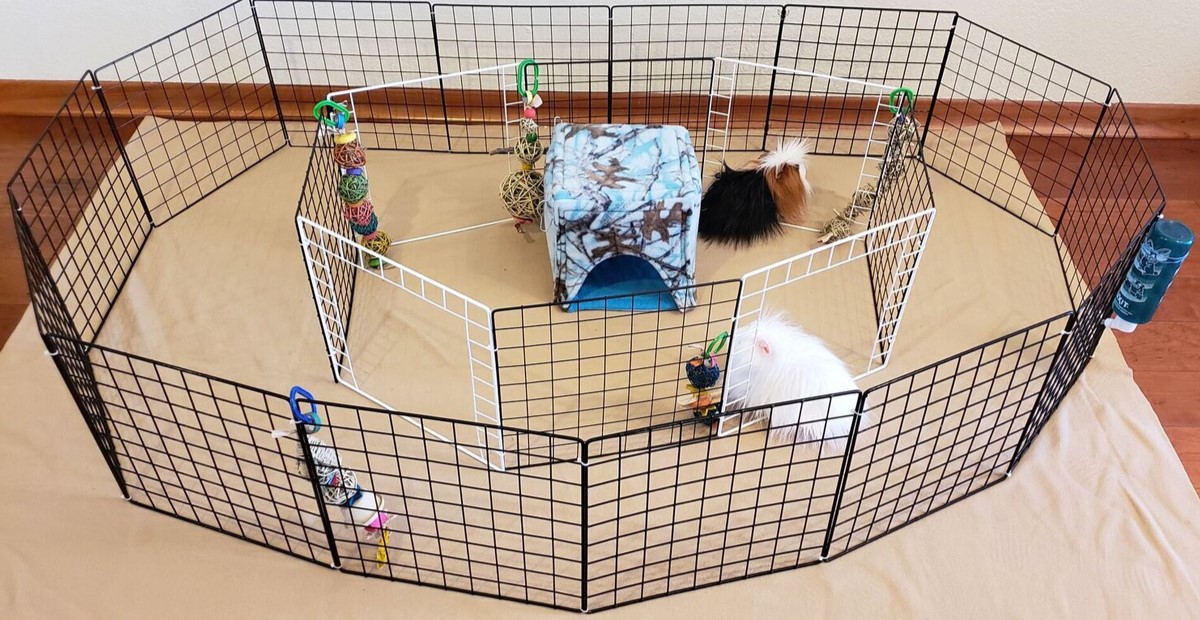
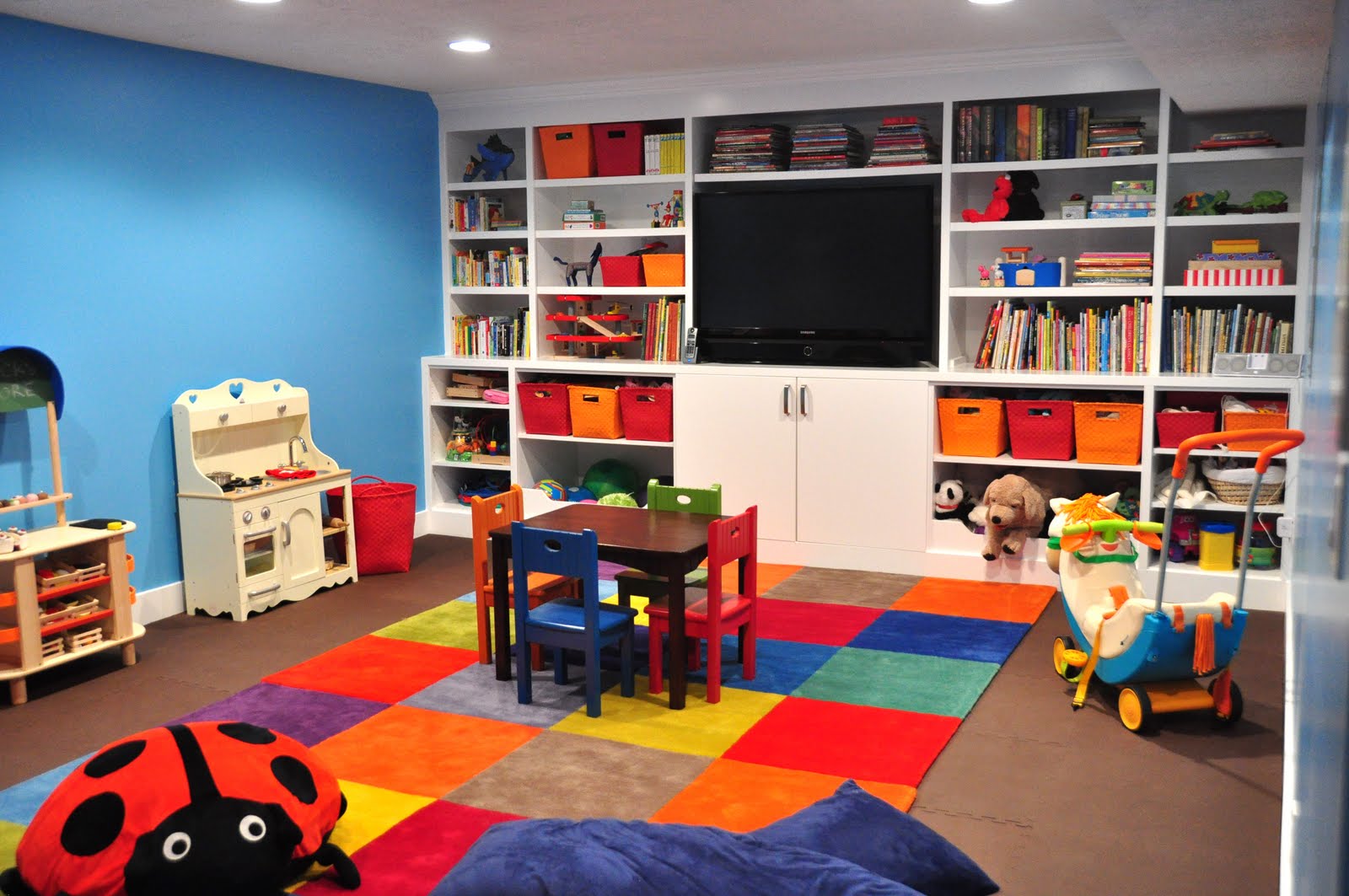

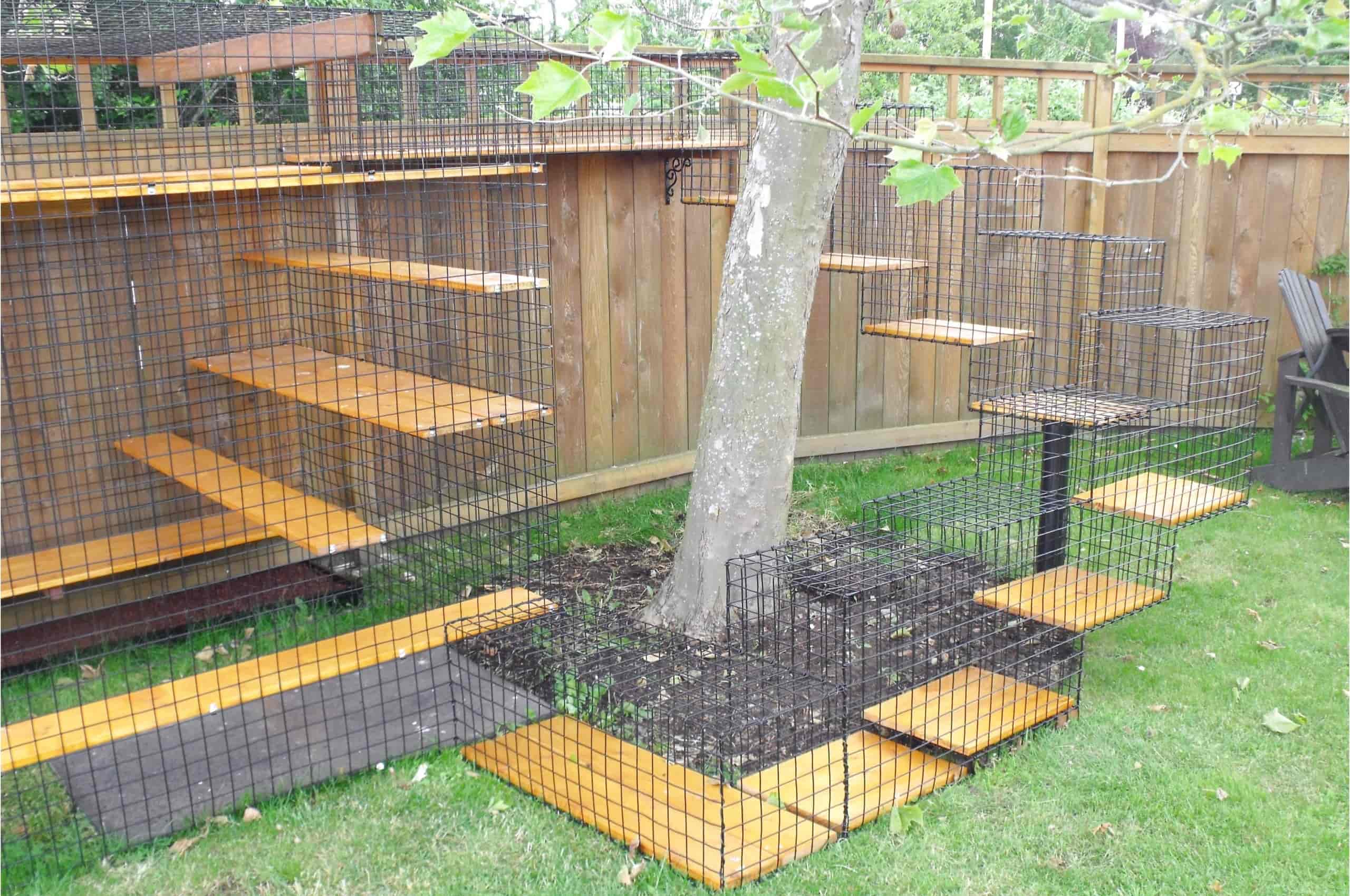
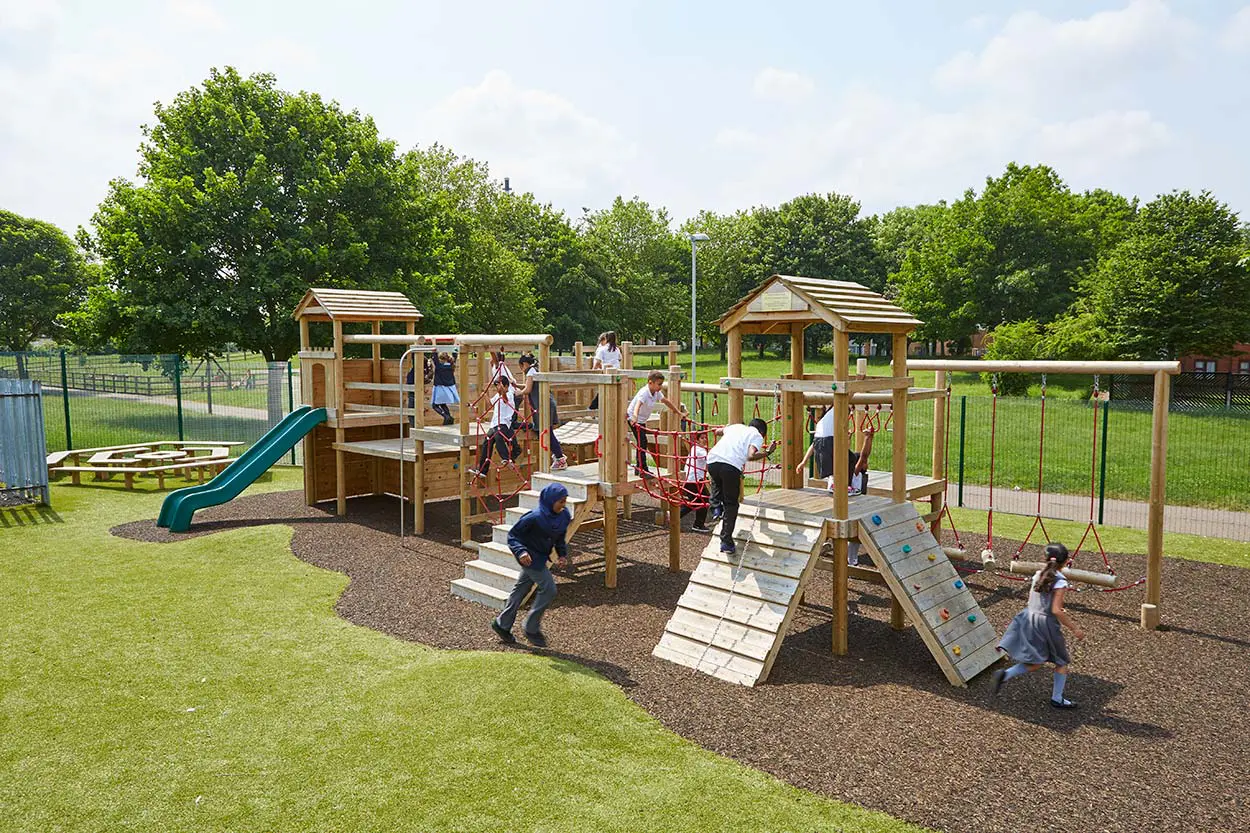
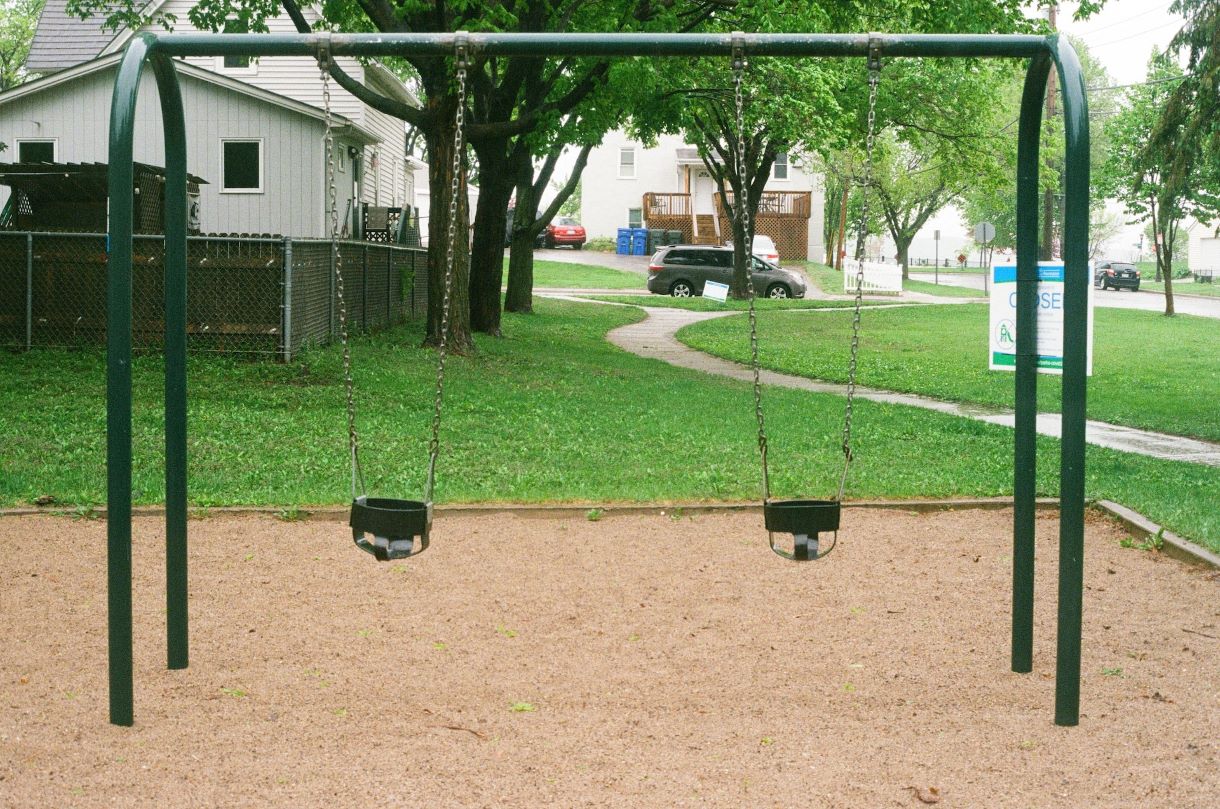
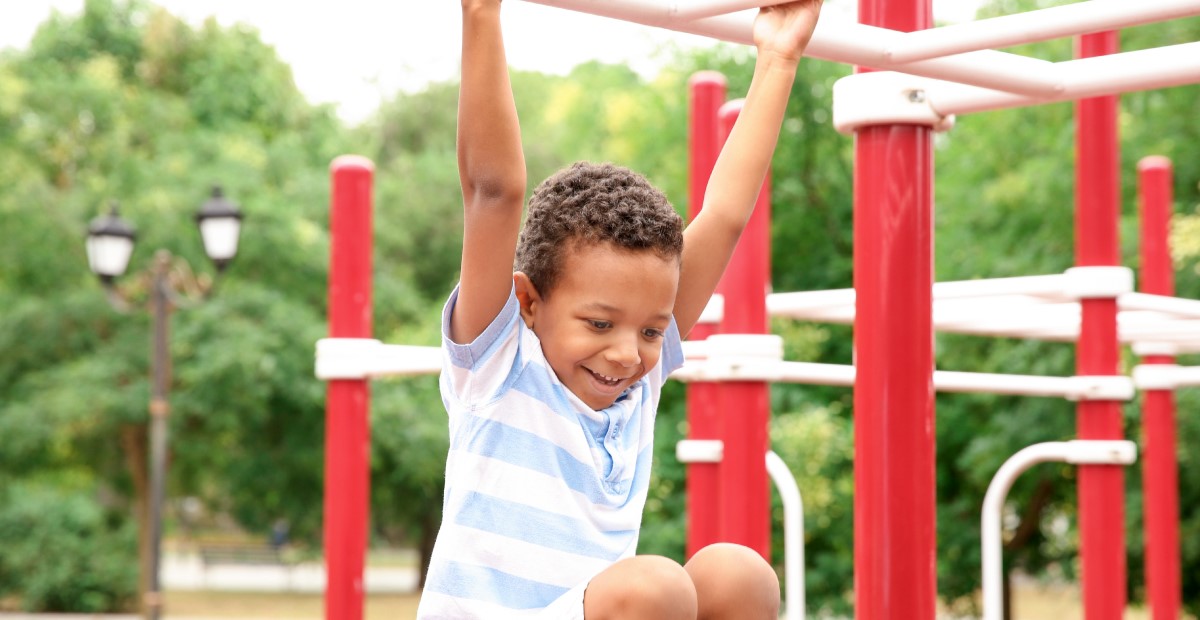

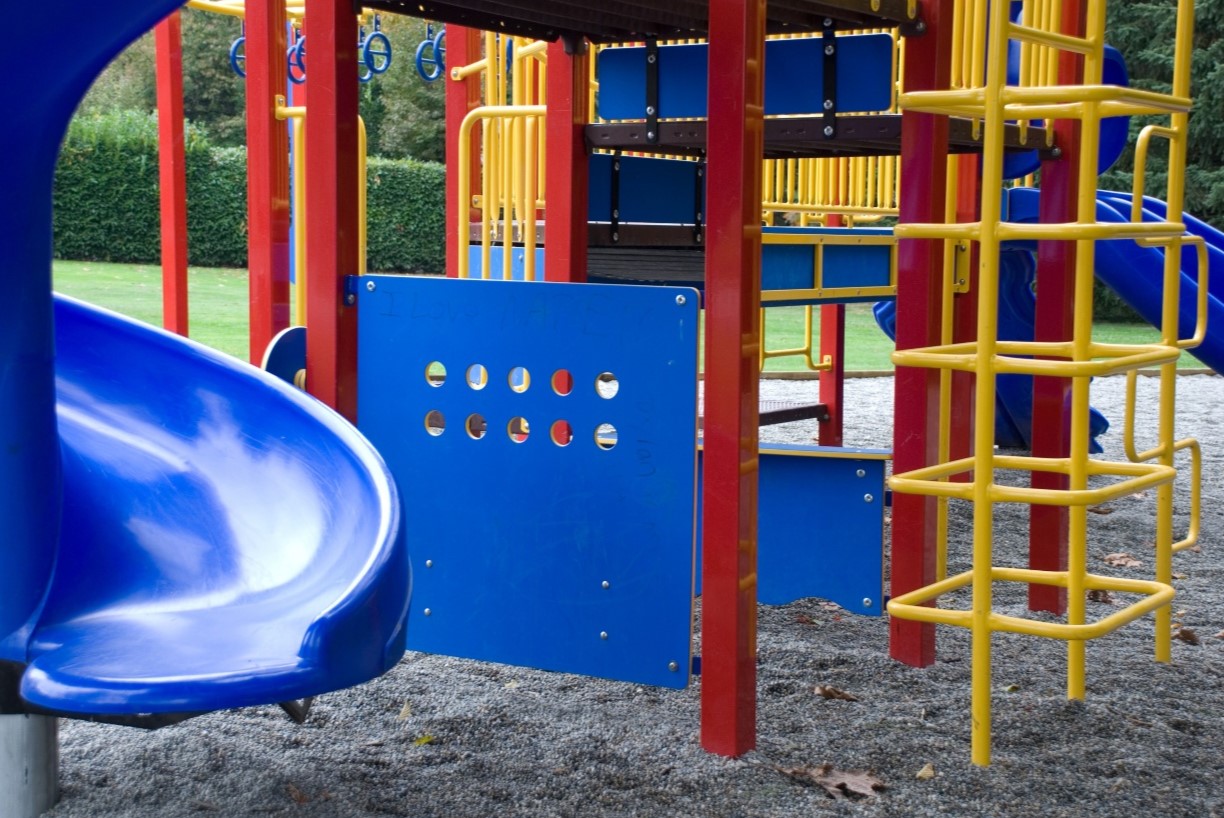
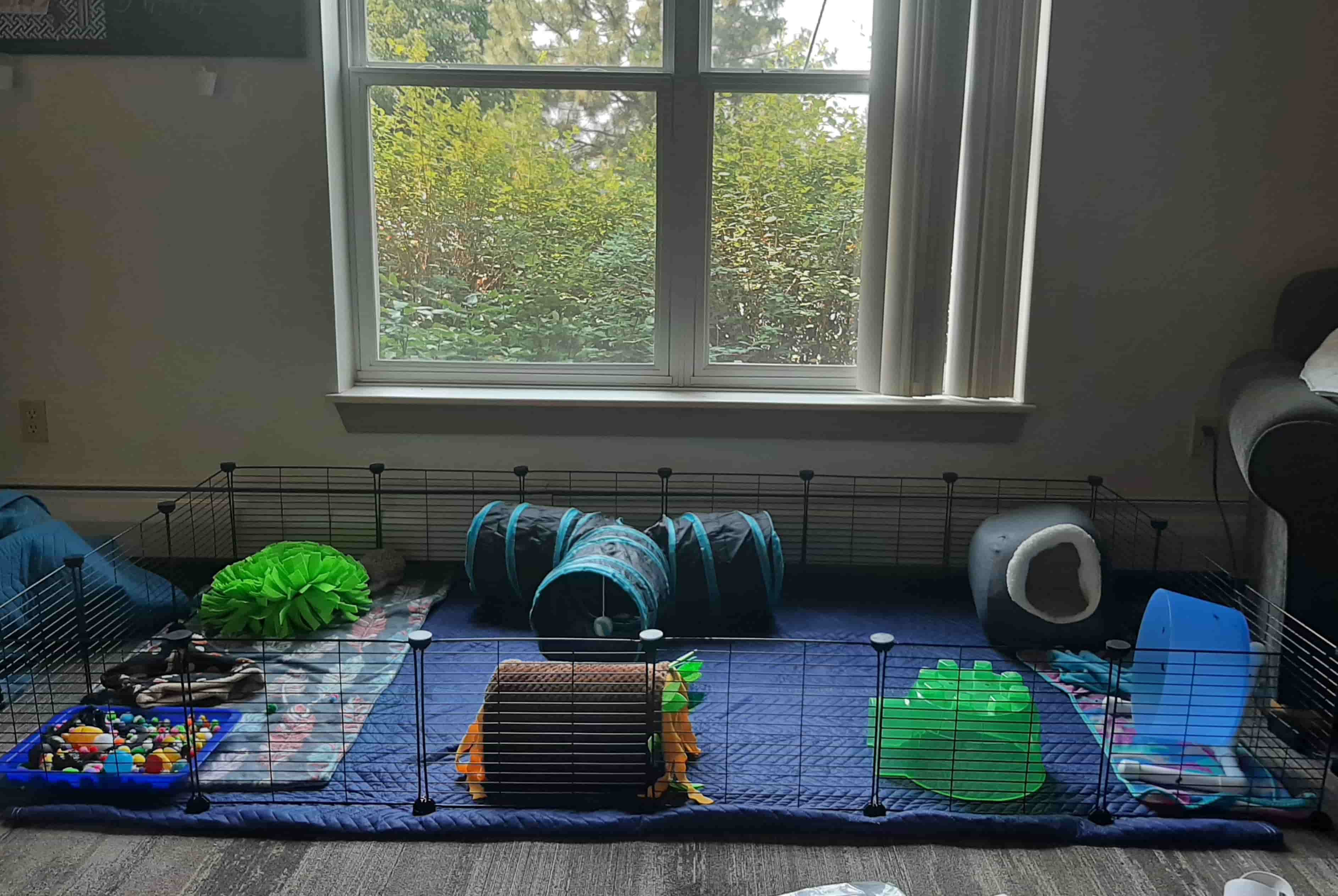
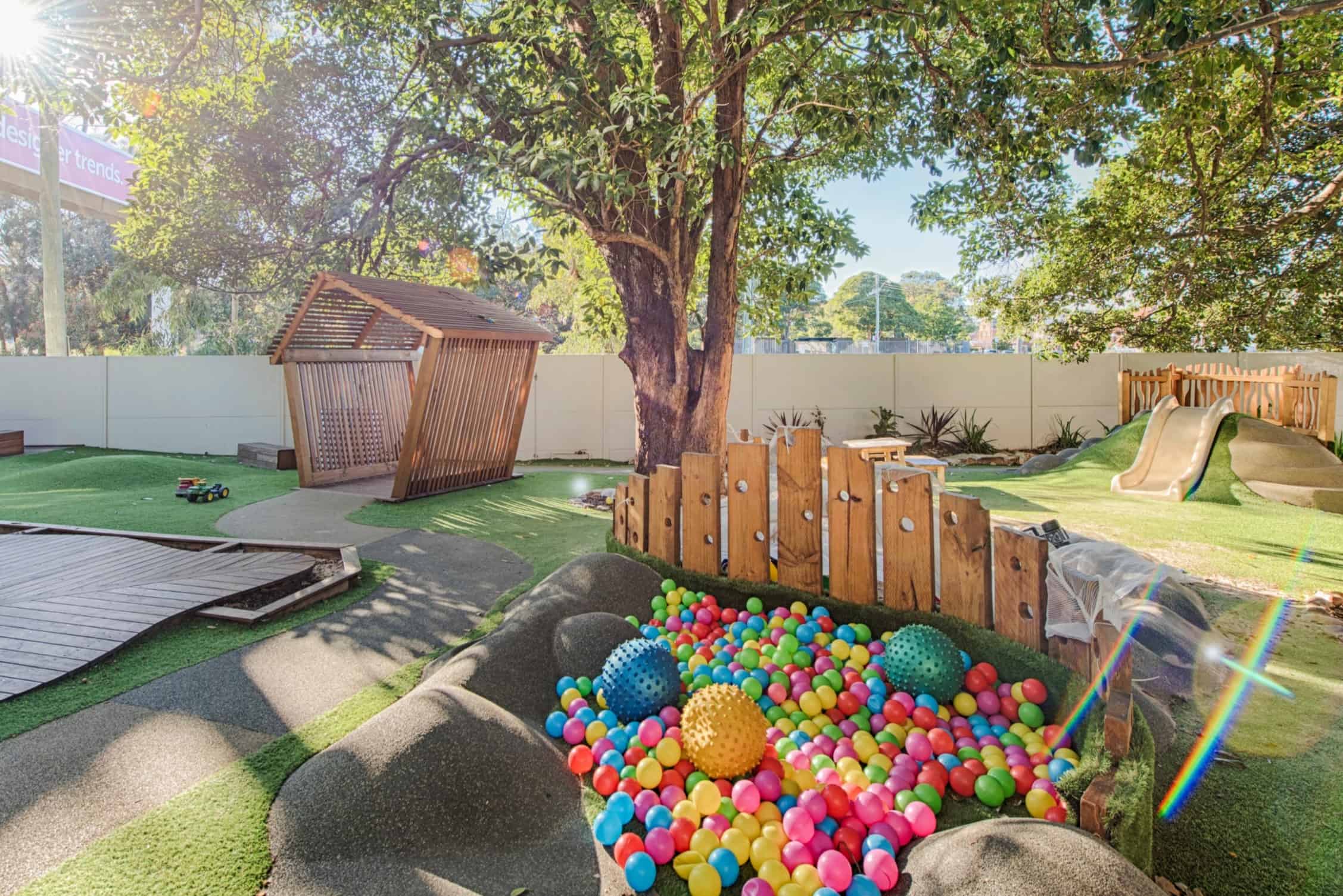
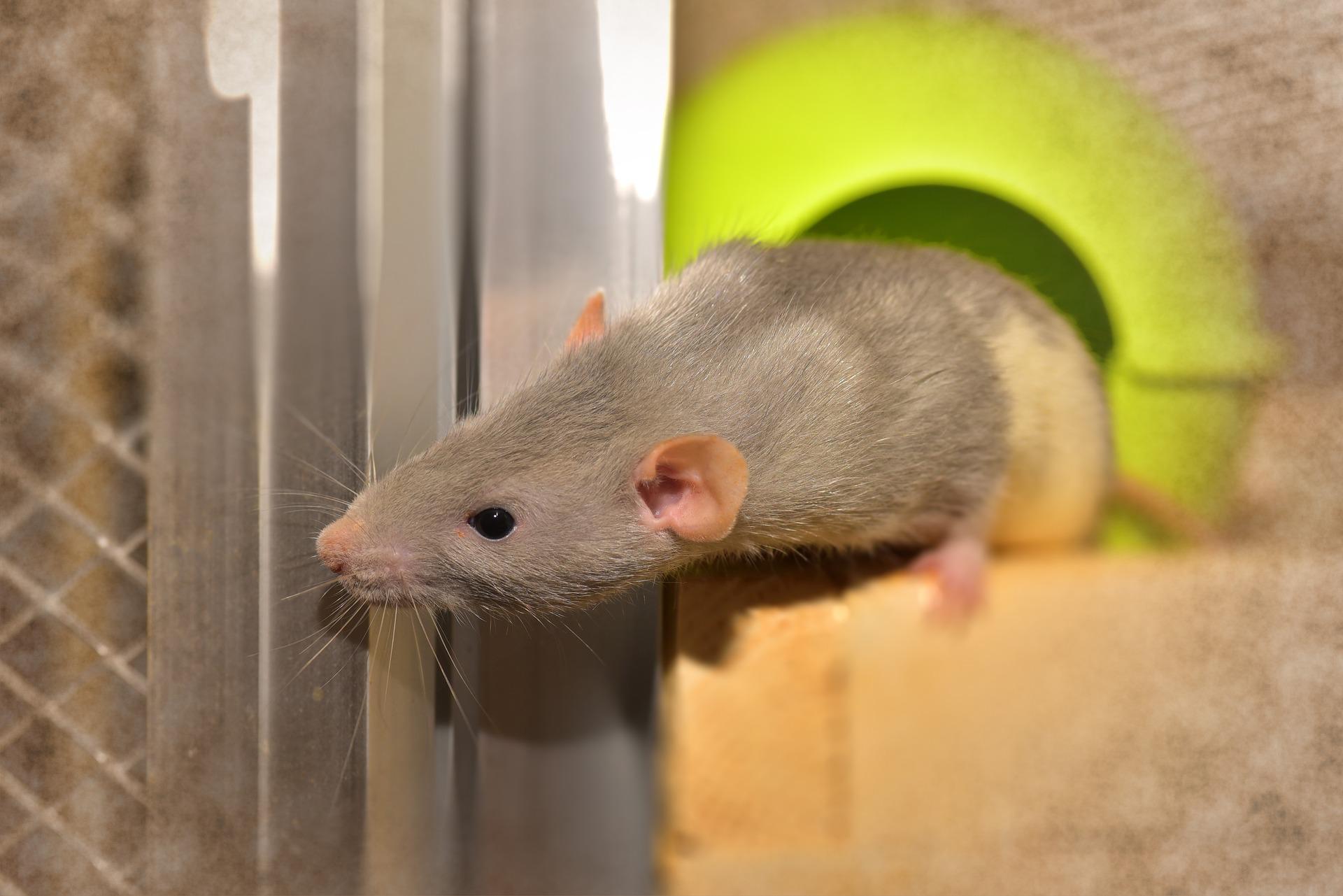
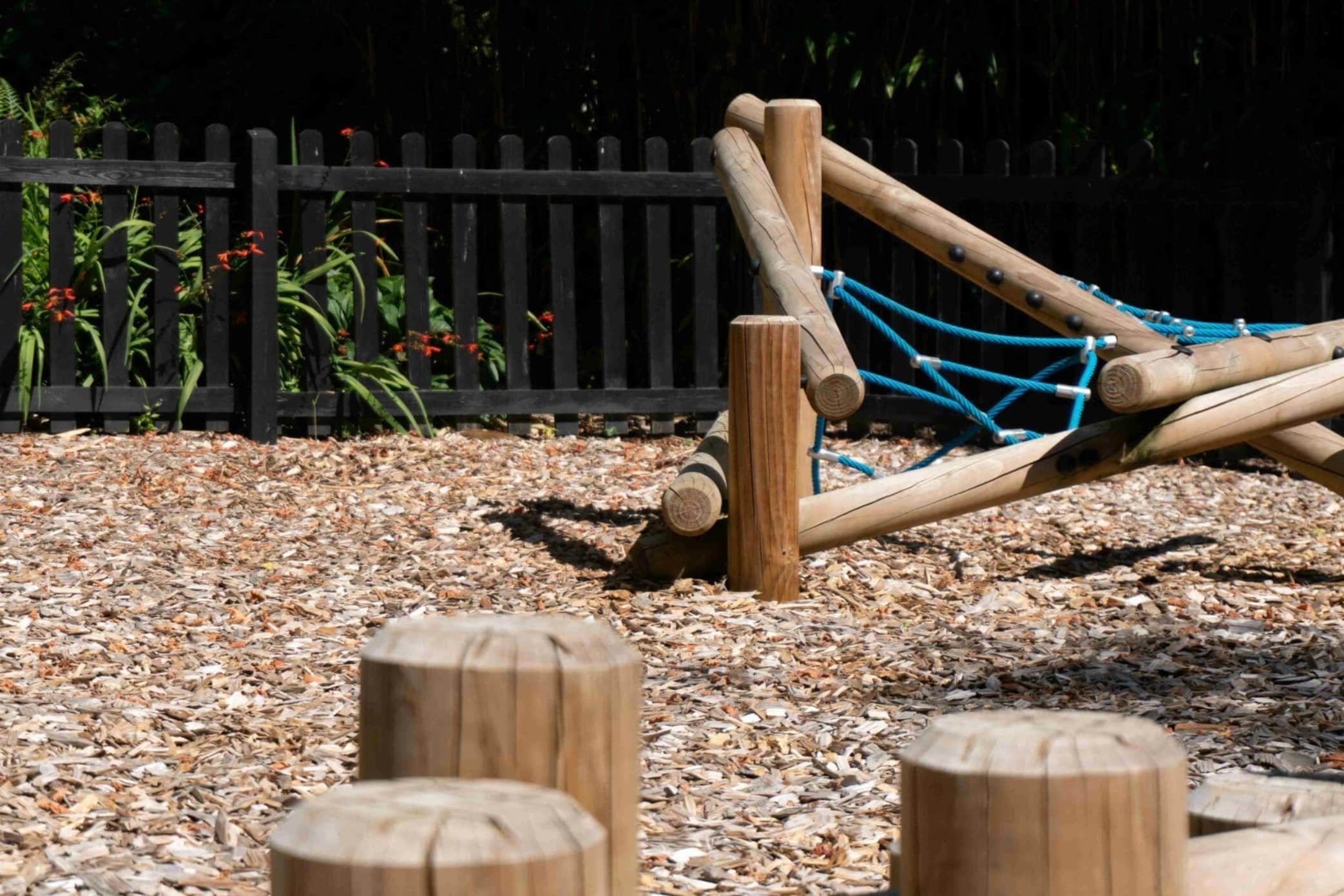
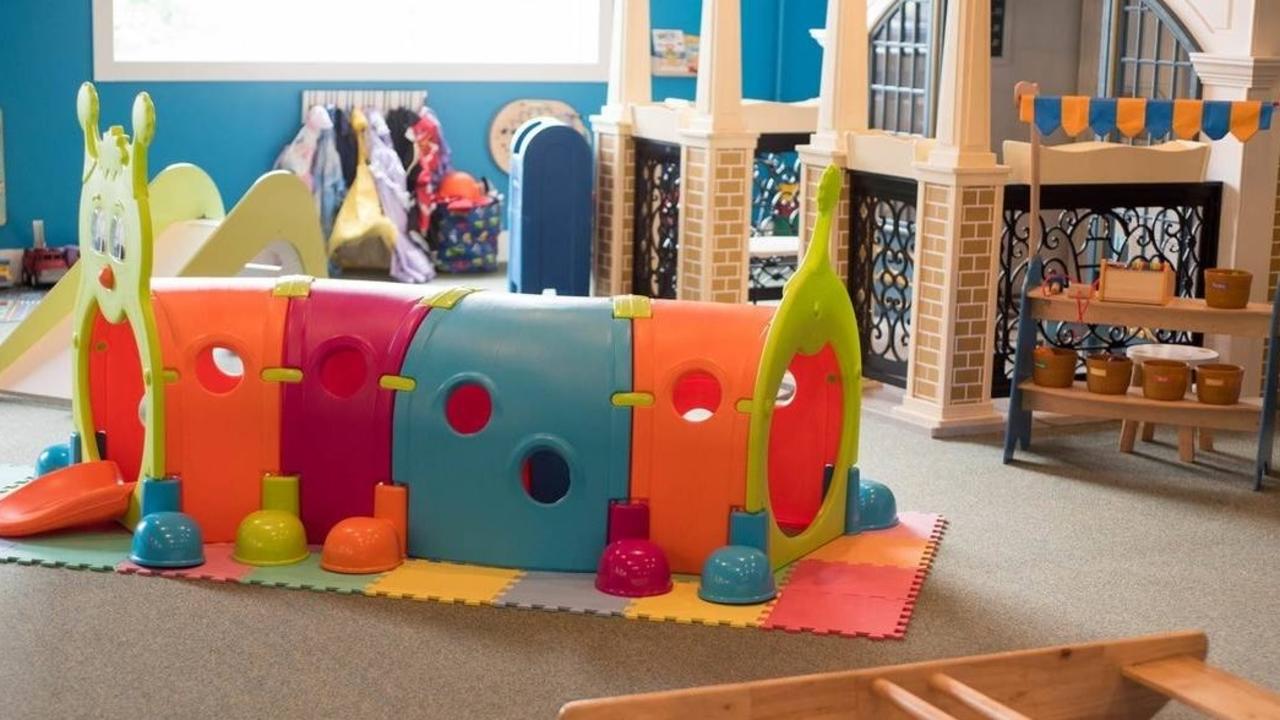

0 thoughts on “How Much To Build A Soft Play Area”